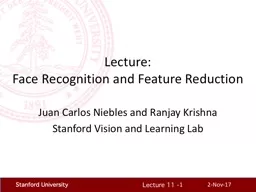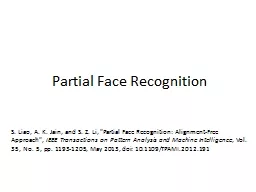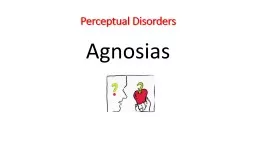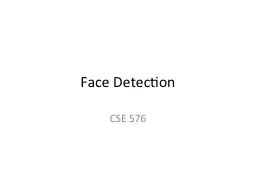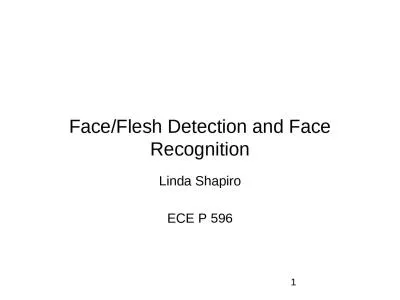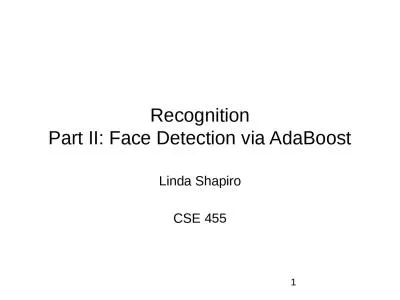PPT-Lecture: Face Recognition
Author : alexa-scheidler | Published Date : 2019-06-21
and Feature Reduction Juan Carlos Niebles and Ranjay Krishna Stanford Vision and Learning Lab 2Nov17 1 Recap Curse of dimensionality Assume 5000 points uniformly
Presentation Embed Code
Download Presentation
Download Presentation The PPT/PDF document "Lecture: Face Recognition" is the property of its rightful owner. Permission is granted to download and print the materials on this website for personal, non-commercial use only, and to display it on your personal computer provided you do not modify the materials and that you retain all copyright notices contained in the materials. By downloading content from our website, you accept the terms of this agreement.
Lecture: Face Recognition: Transcript
Download Rules Of Document
"Lecture: Face Recognition"The content belongs to its owner. You may download and print it for personal use, without modification, and keep all copyright notices. By downloading, you agree to these terms.
Related Documents

